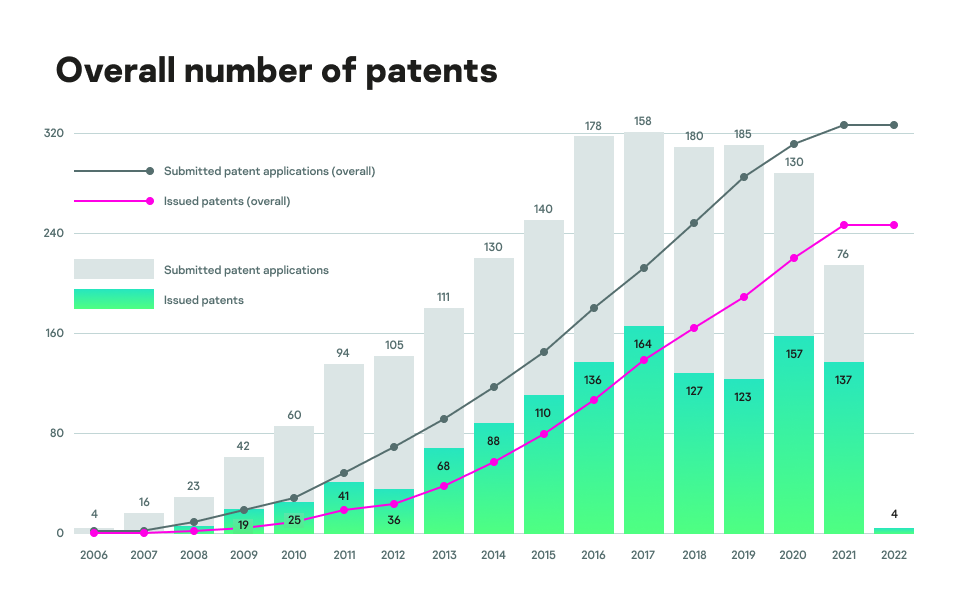April 11, 2022
The road to Susuman: raptures and unexpectednesses – all according to plan.
Despite these hard times, we continue our work saving the world from all manner of cyber-maliciousness. We adapt; we carry on. Meanwhile, I hope my travel notes and photos will bring a little cheeriness to all who view them – because there’s hardly a better way to do that than with the beauty of nature (and a spot of adventure:).
We awoke early in the Magadan Hotel in the city of Magadan, ate a modest breakfast, packed up, and piled into our new and shiny vehicles. We covered a mere hundred meters and we were already on the R504 Highway, aka the Kolyma Highway: yes – the road that would take us all the way (nearly 2000km!) to Yakutsk to the west. But on this first day, we were heading north, to the town of Susuman, which would have been 630km; however, we took a turn off the highway to visit the Kolyma Hydroelectric power plant, which added some 80+km to our distance, giving us a total of nearly 750km this day. Not so far, you say? You’re right – not really, but you have to factor in our needing to go much slower than one normally does on a highway. Why? Because the temperature on this day was below -50°C. At such a temperature the cars’ suspension (and everything else made of metal) tightens up and becomes brittle: the ride is much stiffer and bumpier than normal, and something snapping and dropping off is possible, say, when going over an unexpected bump (this doesn’t happen often, but it does happen). Fortunately, no such surprises for us on the first day (sounds ominous vis-à-vis the rest of the trip, right?:), as we were being way too sensible – which was tough, for an autobahn smooth highway like this is just made for speeding fast along ->















